tooth resorption cats vca
A cats tooth has an upper portion crown and a lower portion root. These tooth defects have been.

Tooth Resorption In Cats Vet Tech Vet Med Vet School
1 One study found histologic evidence of resorption in all teeth among cats with at least one clinically apparent resorption site.

. Hale DVM FAVD Dipl AVDC Page 4 August 2012 Long Distance. This can be a complex procedure since the tooth is usually very fragile and can fracture. One of the most common yet most undiagnosed conditions that affect cats are feline resorptive lesions FRLs.
Without treatment a cat is in extreme pain may stop eating become very ill. Greater than half of all cats older than three years old will have at least one tooth affected by resorption. Feline tooth resorption is a condition in which the body begins breaking down and absorbing the structures that form the tooth.
It also contains an inner canal filled with nerves blood vessels and lymphatic vessels. This problem is the most common oral disease found in cats affecting up to 60 percent of domestic felines. 06212016 A common feline oral malady is tooth resorption TR.
Tooth resorption in a domestic cat. Although causes have not been determined for tooth resorption in cats in general one study suggests that cats with tooth resorption have significantly higher serum concentrations of 25-hydroxyvitamin D than cats do without tooth resorption7 These researchers also found that 41 percent of canned cat foods have in excess of 30 times the vitamin D requirements of. Tooth Resorption in Cats Jan Bellows DVM DAVDC Date Published.
Tooth resorption in cats is prevalent affecting 28 to 68 of mature cats depending on the population researched. Eventually the tooth will be almost entirely gone. Feline tooth resorption is a common painful condition in domestic cats.
Cats with tooth resorption may show increased salivation oral bleeding or difficulty eating as well as muscular spasms or trembling of the jaw whenever the lesion is touched. Any tooth can be affected by tooth resorption but the mandibular premolars bottom cheek teeth are most commonly diseased. Tooth Resorption in Cats.
The yellow arrow is pointing at the eroded area of the tooth next to the gum. Tooth resorption is found in multiple species including humans horses cats and dogs. The process usually starts in the enamel along the gum line and continues towards the center of the tooth.
However tooth resorption in cats is referring to a specific and painful condition. The currently accepted name among veterinary dentists is simply. Once sensitive parts of the tooth are exposed these lesions become intensely painful and the only effective and humane treatment is to extract the tooth.
Many gross lesions are small and not readily detectable by awake oral examination alone. The most commonly affected teeth include the lower premolar and molar teeth as well as the upper premolar teeth. Region of the root.
Tooth Resorption in Cats You have brought your happy healthy 7 year old cat Sylvester to the vet for his annual exam. This suggests that if these cats live long enough every single tooth will eventually succumb to resorptive lesions. It can be classified based on severity location and radiographic appearance.
Tooth resorption starts when odontoclast cells begin to attack healthy teeth. In the past tooth resorption was referred to as feline oral resorptive lesions feline odontoclastic resorptions cavities caries cervical neck lesions external or internal root resorptions and cervical line erosions. Tooth resorption is a condition in cats where their body starts to break down and absorb the structures of a tooth.
One such disease has had a number of names over the years and this is a reflection of how little we truly know about it. FRLs are painful lesions that can affect any and all teeth and affect s up to 60 of cats by the time they are 6 years old. It affects dogs less frequently.
The best treatment for dental resorption is removing the affected tooth. Dale Kressin DVM DAVDC of Animal Dentistry and Oral Surgery Specialists LLC. The combined gross and radiographic occurrence of tooth resorption in random populations of clinically healthy cats ranges from 29 to 38 percent1-4 The number presenting to veterinary facilities primarily for dental disease is as much as twice as high56.
This problem is the most common oral disease found in cats affecting up to 60 percent of domestic felines. Lesions that affect the tooth crown are very painful and require treatment. A cats tooth has an upper portion crown and a lower portion root.
Cats are mysterious creatures and as such are afflicted with some mysterious ailments. Tooth resorption formerly known as cervical neck lesions or feline oral resorptive lesions is a progressive destruction of the tooth crown andor root resulting in slowly progressive holes in the affected teeth. Classifying the type and stage of tooth resorption allows us to treat properly and relieve discomfort in our patients.
Over 50 of adult cats develop tooth resorption. Removing the whole tooth is the only way to avoid infection and other issues. Cats with resorptive lesions may show pain when their jaws are touched and may also have increased.
Females and cats over five years of age are more prone to tooth resorption. All that will remain is a raised bump on the gums. All looks great on the outside but during his exam the vet has mentioned that she noticed some dental disease including a couple of resorptive lesions.
Females and cats over five years of age are more prone to tooth resorption. Cats with oral pain may appear irritable or aggressive have a change in appetite or food preference and may have difficulty chewing and eating food falls from their mouth. Jan Bellows DVM diplomate AVDC ABVP Canine Feline All Pets Dental Weston Florida.
Treatment will be determined based on the type of tooth resorption your cat has. Preventing tooth resorption in cats. It also contains an inner canal filled with nerves blood vessels and lymphatic vessels.
External Tooth Resorption in Cats. Resorptive lesions that have eroded through the enamel may be very painful. Tooth resorption represents one of the most common diseases seen in domestic cats and occurs in 20-75 of cats depending on the population studied.
Hale Veterinary Clinic toothvettoothvetca wwwtoothvetca Local Calls. Dental examinations at least twice a year are recommended to help treat and prevent halitosis. Kressin will diagnose and treat.
Wiping the outside of the teeth and gums with a Q-tip twice daily is one of the most effective ways to remove and slow the accumulation of plaque. Compare it to the appearance of the normal tooth next to it. Dipping the Q-tip in tuna water is recommended to help introduce this cleaning with your cat.
What Is Feline Tooth Resorption. There are many possible causes for tooth resorption. The vet may use dental x-rays to help find and remove fractured root fragments.
What she is seeing may look like a small hole.

Cat Dental Care Preventative Treatments Mcknight 24hr Veterinary Hospital

Feline Oral Resorptive Lesions Airdrie Animal Health Centre

What Are Resorptive Lesions And Why Should I Be Concerned Coxwell Animal Clinic

Cat Mouth Pet Dental Health Pet Dental Care Veterinary Care

Chronic Feline Gingivostomatitis Proven Therapeutic Approaches New Treatment Options
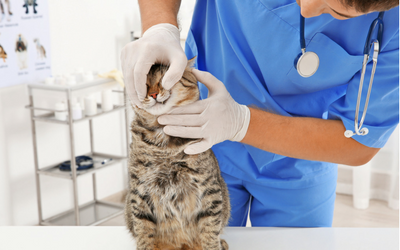
Dental Pain In Cats Vca Animal Hospitals
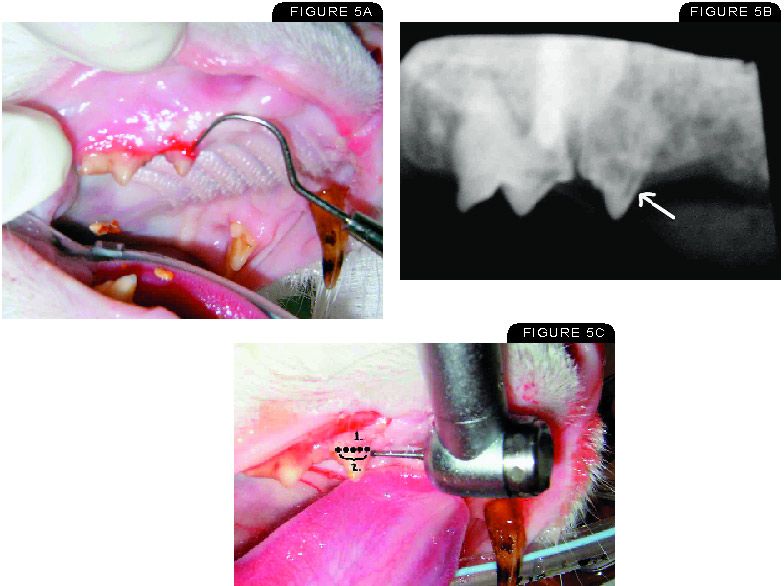
Dental Corner How To Detect And Treat Feline Odontoclastic Resorptive Lesions
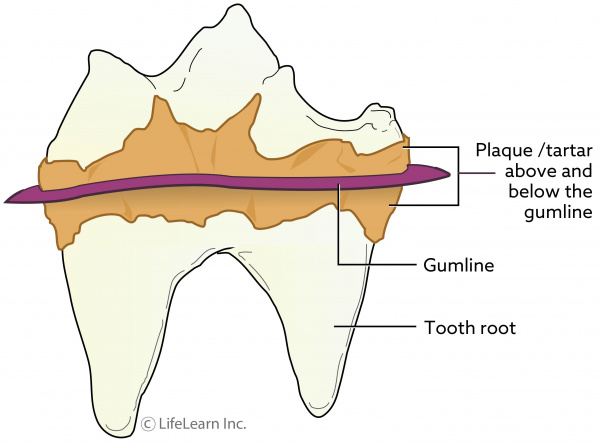
Dental Disease In Cats Vca Animal Hospitals

Dental Disease In Cats Vca Animal Hospital
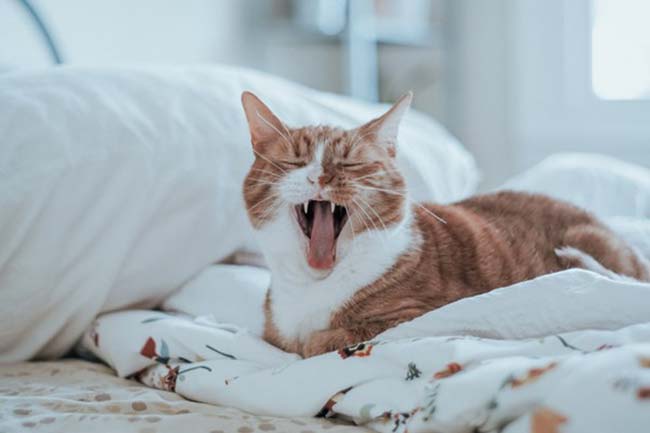
Feline Dental Disease Tooth Resorption In Cat Wellnessvet
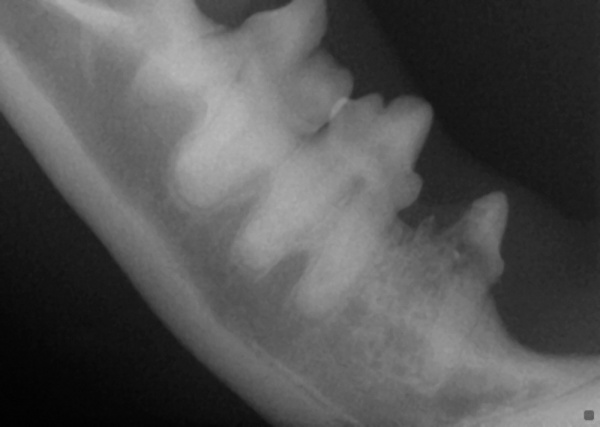
Tooth Resorption In Cats Vca Animal Hospital
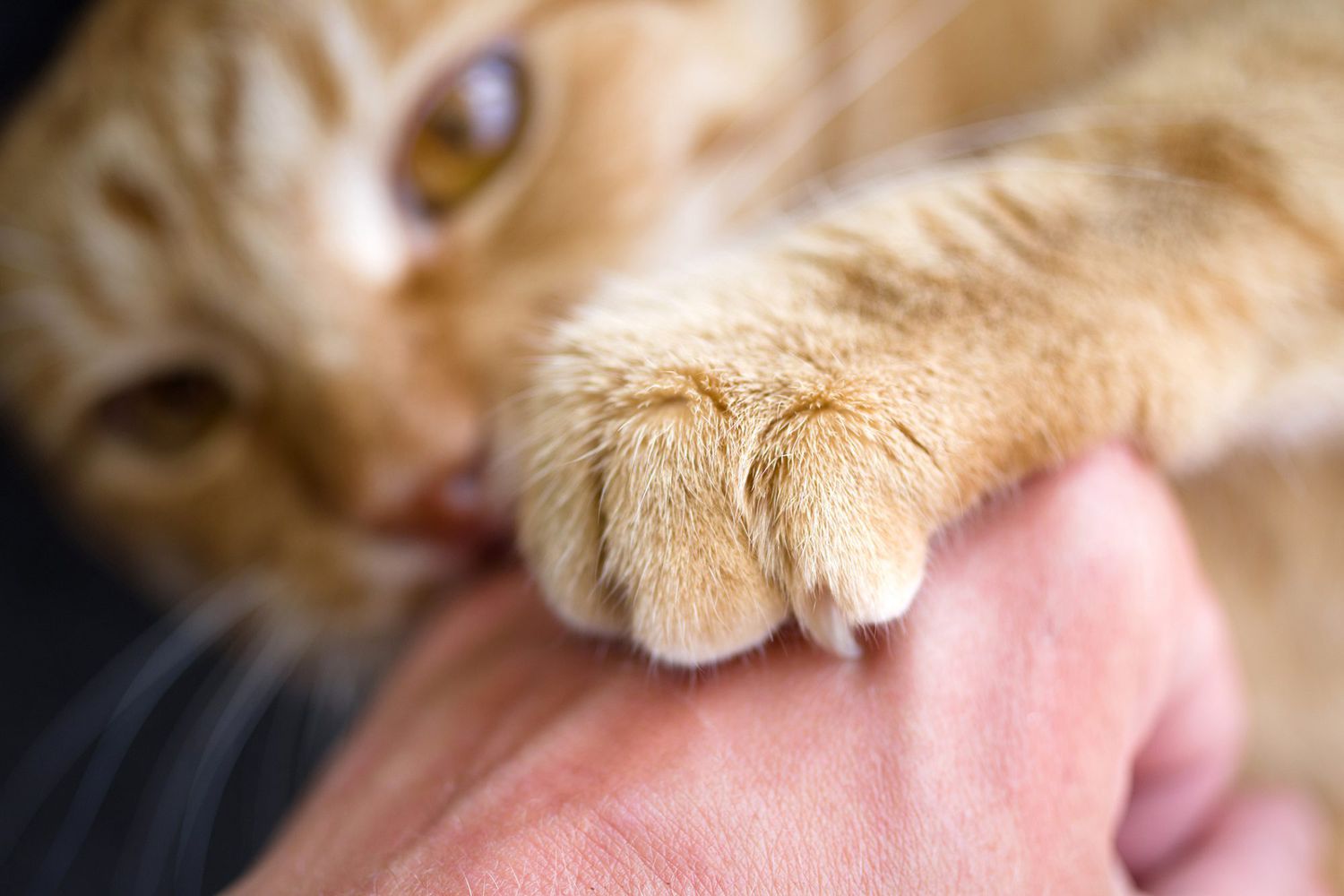
Cat Dental Exams What You Need To Know About Cat Teeth Cleaning Daily Paws
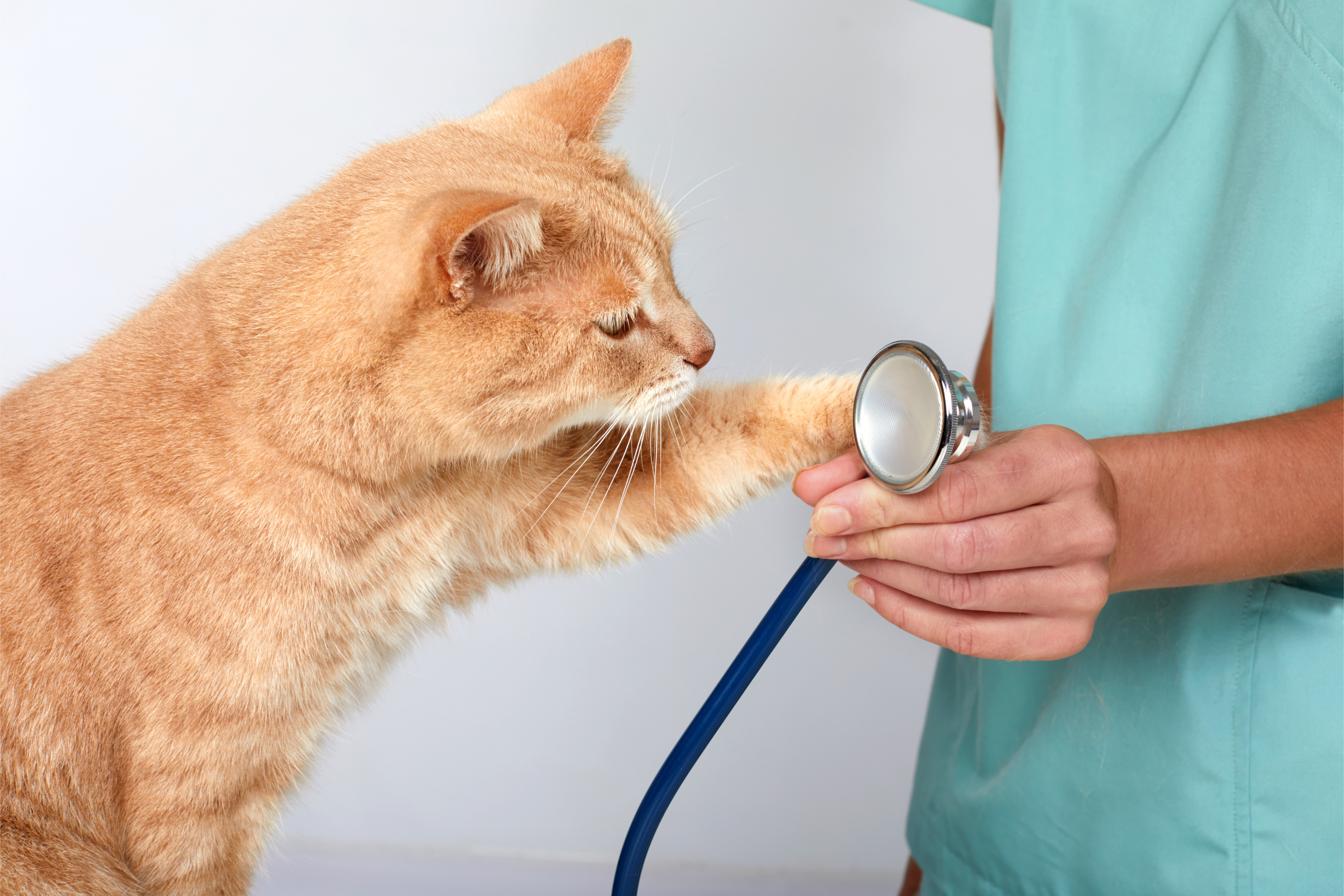
South Town Animal Hospital South Elgin Vet Important News On Cat Oral Health Care South Town Animal Hospital South Elgin Vet

Dental Corner How To Detect And Treat Feline Odontoclastic Resorptive Lesions
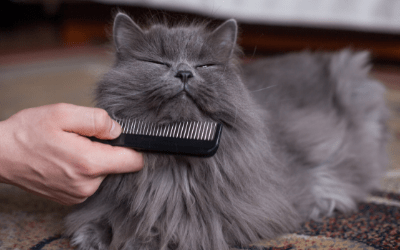
Quality Of Life At The End Of Life For Your Cat Vca Animal Hospitals
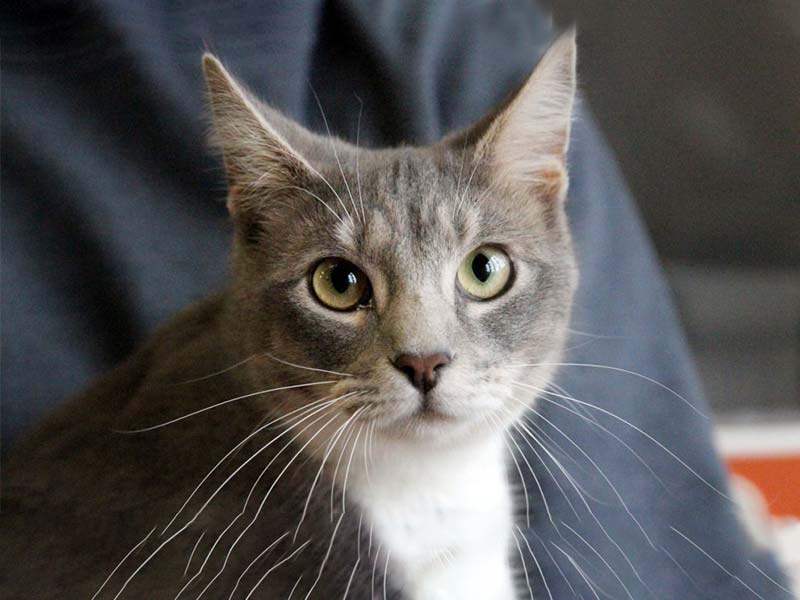
How Is Fiv Affect Dental Health In Cats Wellness Veterinary Hospital

